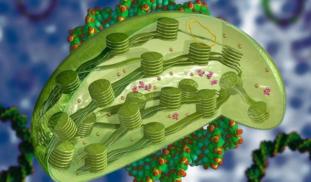677
0
5
Please wait...
About This Project
The Inverted Sequence (IR) of some plants is one of well-known kind of special sequences. But, until now, the exact mechanism of how the IR sequence is made hasn't discovered yet. Most plants have an IR regions, but legumes do not have an IR regions, and among them, deciduous legumes have an IR zone. Thus, the purpose of our study is to elucidate the structure and mechanism of the IR region. Additionally, our team is going to figure out the relationship of it and plants' deciduousness.

Browse Other Projects on Experiment
Related Projects
How do polar bears stay healthy on the world's worst diet?
Polar bears survive almost entirely on seal fat. Yet unlike humans who eat high-fat diets, polar bears never...
Uncovering hidden insect diversity associated with a likely undescribed gall-forming midge
Does a likely undescribed species of gall-forming midge (pers. comm. Ray Gagné) on Eriodictyon plants (Yerba...
Macrofungi of the California archipelago
The eight islands of the California Archipelago are a well-studied biodiversity hotspot — but we know almost...





